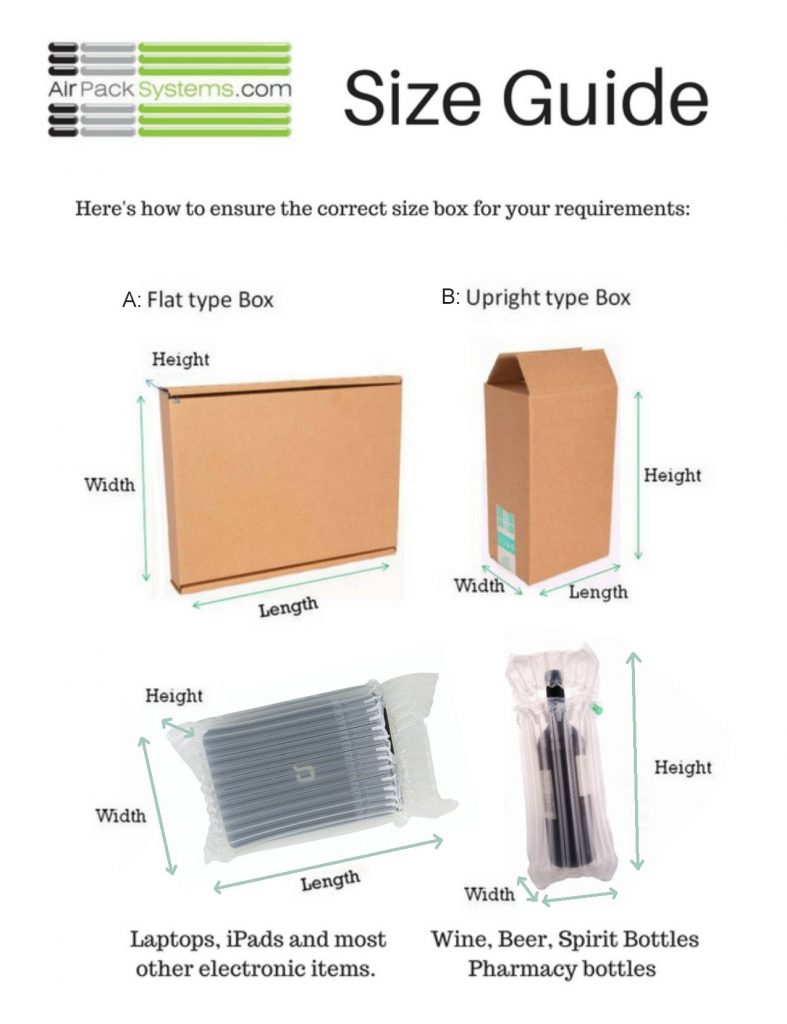What is customer retention?
Put simply, customer retention is the business of creating customer loyalty so that people make repeat purchases with you, and it says a lot about how satisfied they are with what you offer. For established brands in particular, keeping hold of loyal customers may almost be more important than attracting new ones.
Customer retention is of course vital because it reduces the effort you need to put in constantly to find new customers.
And with a good customer retention strategy in place, you’ll have peace of mind that your customers know enough about your brand and the products you offer, are happy with what they’ve bought and the customer experience more generally, and feel confident to return to you for future purchases or for updates on your brand’s latest news and releases.
Customer retention rate (CRR) is calculated by comparing the initial size of your customer base at the start of a particular time period to the final total number of customers, once you’ve added new customers.
How can you improve customer retention?
From remarketing to customer engagement and more, there are various ways of maximising customer retention. But one element you may not have considered is product packaging. Yet the design, colour, size and innovation of what you choose to wrap customers’ orders in all play their part in attracting and keeping shoppers.
After all, the outer layers are the first contact and impression someone will have of your brand. So it sets the tone for the rest of the experience. Packaging also conveys your brand’s values (including, for example, sustainability) and is a reflection of overall quality of whatever it is you’re selling. Clearly, packaging also needs to protect your products and keep them safe.
In short, the ‘unboxing’ experience has become a key part of the overall customer journey.
The difference inflatable packaging makes to customer retention
Inflatable packaging significantly reduces the chance of damage to goods in transit, whereas of course no one would order again from a company whose stuff arrived broken. Alongside this superior product protection, inflatable wrapping is a cost-effective, sustainable solution, and also user-friendly and easy to store, as well as being customisable and versatile.
Whether you’re a small online retailer, returning fragile parts as a customer yourself, or a larger organisation, inflatable packing enhances the shipping process and therefore overall customer satisfaction and retention.
At AirPack Systems, we offer extensive choice, whatever you need to wrap up, plus there’s free shipping on orders worth £125 or more, while custom designs are our speciality. Contact us to learn more about how what we offer could boost your own customer retention.
Related Articles.
A few of the reasons why packaging really matters to your brand
By ADMIN_AIRPACK • July 16th, 2024Some businesses seem to take packaging somewhat for granted, without putting too much thought into it or its importance. Yet, especially if you’re an e-commerce organisation, packaging is something which just about every business needs to use, whatever the size of your enterprise. And you may feel that you just want to go for the […]
Read more...How packaging can help you to reduce your carbon emissions
By ADMIN_AIRPACK • July 16th, 2024Climate change is obviously a hot topic, and it’s already affecting every region on Earth, with most scientists agreed that human activity is its single biggest cause. So, of course, lowering carbon emissions needs to be a top priority for all businesses. But despite a flurry of pledges on the climate, global emissions have continued […]
Read more...‘Circular industry’ and its benefits explained
By ADMIN_AIRPACK • March 8th, 2024In a circular economy or industry, materials aren’t wasted. Instead, the emphasis is on regeneration and keeping items in circulation for as long as possible. This model of consumption and production, aimed at extending products’ lifecycles, also includes: Circular industry marks a departure from the standard ‘linear’ idea, which follows a model based on consumption […]
Read more...Back to blog
